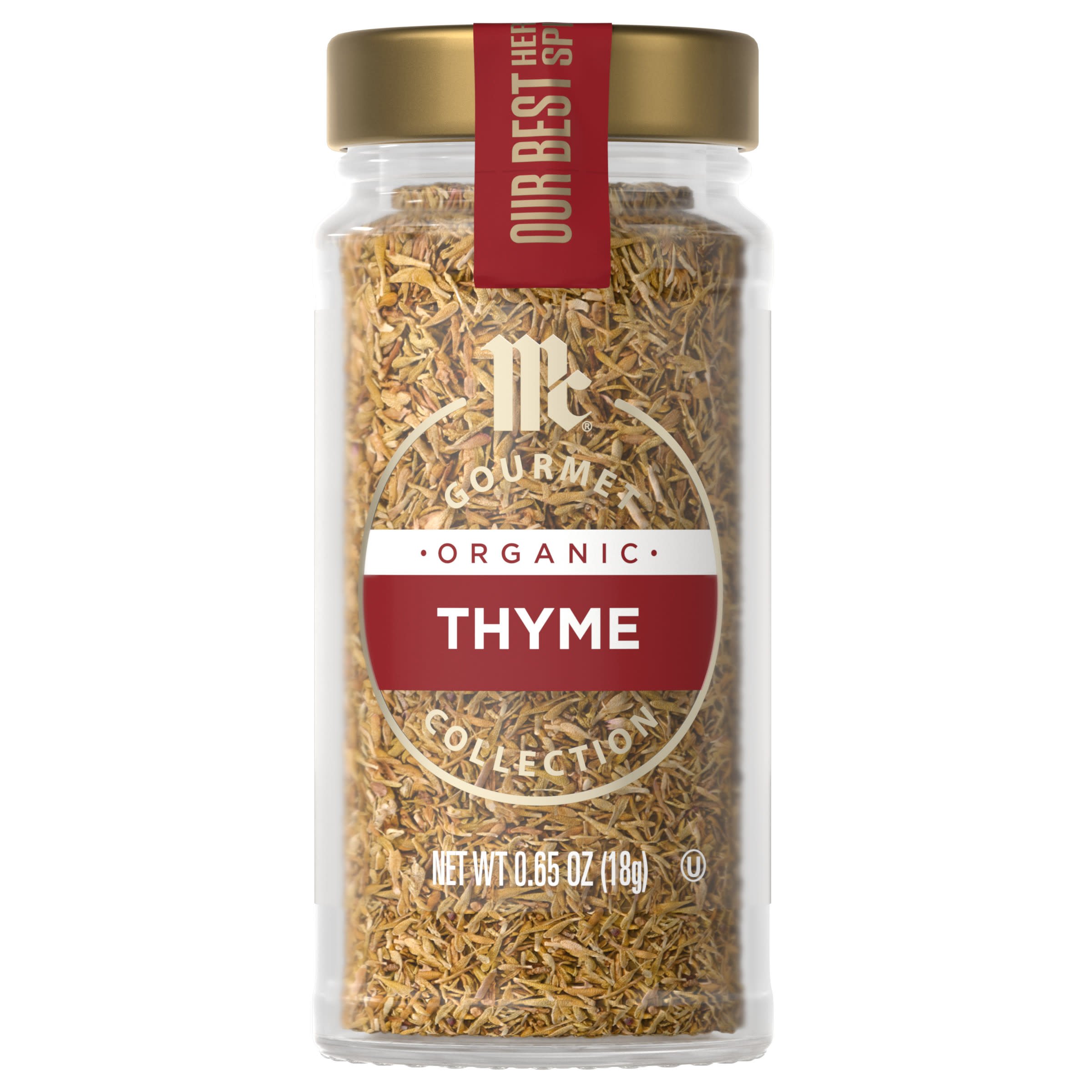42 how to read organic food labels
How to Read Food Labels in 2018: A 5-Step Guide to ... - Organic Authority To help you read between the lines, here's our five-step guide to reading food labels in 2018. 1. Choose organic first. › food-labelsFood Labels | Nutrition.gov Food and Drug Administration (FDA) regulates the safety of food for humans and animals, including foods produced from genetically engineered (GE) plants, sometimes referred to as "genetically modified organisms" (GMOs). Find out more about the safety of GE plants, and how they are regulated here.
Organic on Food Labels | FDA Organic on Food Labels FDA does not regulate the use of the term "organic" on food labels. The National Organic Program (NOP) is the federal regulatory framework governing organically produced...

How to read organic food labels
Diet and Nutrition: How To Read Organic Food Labels - Epigee.org Reading organic food labels carefully is key to determining whether or not a food is indeed organic. Firstly, look for the term 'organic' on fruits and vegetables, or on the sign above organic produce displays; these labels can also appear on meat packages, egg and milk cartons, cheese and other single-ingredient organic foods. A Guide to Reading Organic Labels | Whole Foods Market Products labeled "organic" are required to contain at least 95% organic ingredients and be certified to the USDA National Organic Standards. Products labeled "made with organic X" must be certified to the USDA National Organic Standards and include at least 70% organic ingredients. How to Read Food Labels Like a Nutritionist | HUM Nutrition Blog How to Read Food Labels Step 1: Be Wary of Claims Look at food labels like you're reviewing a potential paramour's online-dating profile. In other words, be skeptical of baiting phrases. (Think terms like "cholesterol free" and "natural.")
How to read organic food labels. en.wikipedia.org › wiki › Organic_foodOrganic food - Wikipedia These beliefs are promoted by the organic food industry, and have fueled increased demand for organic food despite higher prices and difficulty in confirming these claimed benefits scientifically. Organic labels also stimulate the consumer to view the product as having more positive nutritional value. How to Read Food Labels Without Being Tricked - Healthline A good rule of thumb is to scan the first three ingredients, as they make up the largest part of what you're eating. If the first ingredients include refined grains, a type of sugar, or... How To Read Food Labels - Organic, Fair Trade - Refinery29 Organic (with no mention of USDA Certified) means 95 to 99% of the ingredients are organic. 2. " Made with organic ingredients" on the front of a food package means 74 to 94% of ingredients are... › rules-regulations › organicLabeling Organic Products | Agricultural Marketing Service IP: Identify organic ingredients (e.g., organic dill) or via asterisk or other mark; Specific Organic Ingredient Listings. Specific organic ingredients may be listed in the ingredient statement of products containing less than 70 percent organic contents—for example, “Ingredients: water, barley, beans, organic tomatoes, salt.”
How to read food labels when you're looking for organic, ethical, or ... The standards for the USDA organic label — which you can find on meat, eggs, and dairy — were established with the Organic Foods Production Act of 1990. Other official seals you see on food are... › media › blogOrganic 101: What the USDA Organic Label Means | USDA Mar 13, 2019 · This is the third installment of the Organic 101 series that explores different aspects of the USDA organic regulations. Amidst nutrition facts, ingredients lists, and dietary claims on food packages, “organic” might appear as one more piece of information to decipher when shopping for foods. So understanding what “organic” really means can help shoppers make informed choices during ... How to Read Food Labels - Live the Organic Life So here's what they look like in a picture. The long orange rectangle represents all the ingredients in the pizza (the full 100%). The colored bars on the left show you the proportion of the total pizza made up by each type of meat - ham is 5%, Pepperoni is 4%, beef is 3% and bacon is 2%. UPC Codes on Produce Do you know what it all means? Certified Organic Label Guide - organic.org Making sense of organic labeling can be difficult, and many consumers do not understand the significance of the USDA Organic label. Since October 21, 2002, the following guidelines were established by the United States Department of Agriculture's (USDA) National Organic Program (NOP) to assure consumers know the exact organic content of the food they buy. Single-Ingredient Foods […]
5 Tips from an Expert on How to Read Food Labels - FoodPrint The next step is choosing grassfed, looking for a label like "Certified Grassfed by AGW" or "PCO Certified Grassfed." "The nutrient density and fatty acid profile of [milk and beef] is much better when you finish cows on grass, rather than corn [which is typical in industrialized animal production]," Urvashi explained. What Does an 'Organic' Food Label Really Mean? - The Takeout Producers are scored on a scale of 1 to 5, and those who receive the top score have shown to go above and beyond the requirements of organic food labeling. The scorecards cover a number of food categories such as eggs, beef, poultry, dairy, cereal, and even toothpaste. Use these to see if your usual go-to brands are truly organic enough. How To Read Food Labels: Life Kit : NPR - NPR.org Organic is the label with the most specific meaning, laid out in volumes of rules that farmers and food manufacturers have to follow if they want that "USDA Organic" seal. Some of those rules are... Don't Get Scammed! How to Read Organic Food Labels 100% Organic - This is technically the only food label option that ensures a totally organic experience. Understanding Organic Milk The organic labeling requirements for milk mostly pertain to the cows that produce it. At least 30% of the cow's diet must be grass (free-range grazing). The cows must be allowed to graze for at least 120 days.
Food Labels Explained - Farm Aid Organic labels can be found on produce, dairy, meat, processed foods, condiments and beverages. Food products labeled "organic" must contain at least 95% organic ingredients with no synthetic growth hormones, antibiotics, pesticides, biotechnology, synthetic ingredients or irradiation used in production or processing.
› rules-regulations › organicThe Organic Seal | Agricultural Marketing Service Black and White Organic Seal: EPS (Encapsulated PostScript) Organic Seal Pantone Matching System (PMS) Colors. Green = PMS 348; Brown = PMS 175; NOP Regulations: Subpart D - Labels, Labeling, and Market Information. The labeling requirements of the NOP apply to raw, fresh products and processed products that contain organic agricultural ...
How to Read Food Labels - Introduction to Food Label Claims Common phrases included on food product labels are "use by," "sell by," "best by," and "better if used by.". Labels may utilize a familiar date listing or may use the Julian Calendar, where each number of the year is assigned a number from 1-365. Providing a date on a food is not required and is voluntary.
What Food Labels Mean—and Don't - Consumer Reports Processed foods labeled "organic" also cannot contain artificial ingredients unless they go through a rigorous review process, and have no artificial preservatives, colors, or flavors. Natural ...
A Good Guide to Reading Organic and Other Food Labels Organic produce, straight from the farm (A. L. Spangler / Shutterstock.com) LOOK INTO 'NATURAL' FOOD LABELS While the terms "natural" and "all natural" on food labels seems to imply that ingredients come straight from nature, the reality is that pretty much every substance on earth has some element of natural origins.
How to Read the Organic Label | Organic. It's Worth It 1. 100 Percent Organic: Products produced using exclusively organic methods, containing only organic ingredients, are allowed to carry a label declaring "100 percent organic.". 2. Organic: Products that contain at least 95% organic ingredients may use the USDA Organic label. 3.
› health › how-read-food-andHow To Read Food and Beverage Labels | National Institute on ... Feb 24, 2022 · Organic. Products declared organic must be produced without conventional pesticides, synthetic fertilizers, biotechnology, or ionizing radiation. Organic animals must be fed organic feed and not be injected with hormones or antibiotics. Remember, organic foods may still have the same number of calories, fats, proteins, and carbs as a nonorganic ...
How to Read a Food Label Properly: Organic, Whole Grains, Gluten Free ... Organic: USDA has the following requirements for labeling "organic" chicken: The number of birds raised in a house is about half of "normal" chicken houses. Only organic feed is allowed (chicken feed is 65% corn, and 30% soymeal.
How to Read Food Labels and Avoid Toxic Ingredients Lately, even the preferred organic versions of these grains also contain enriched ingredients, so be absolutely certain to check the labels and stand clear of "enriched" products! Be aware that during the processing, all of the much needed natural nutrients are unfortunately stripped out of the grain to make it appear white.
inspection.canada.ca › food-labels › labellingOrganic claims on food labels - Canadian Food Inspection Agency These products may bear the Canada organic logo. Like all other food products, imported organic products must meet Canadian labelling requirements, including those of Part 13 of the SFCR. Organic aquaculture products are not within the scope of Canada's current equivalency arrangements with other countries for organic products. The future ...
Reading Organic Labels - Organic Food Lovers It's pretty simple. But processed food products that have many ingredients can have various levels of "organic-ness" and have to be labeled accordingly. Any product that is completely organic can be labeled as "100% organic" but if it has 5% or less non-organic ingredients then it will be marked as just "organic".
How to Shop for Real Organic Products - liveabout.com PLU codes are the numbers on stickers that are used to identify the produce during checkout at the grocery store. Organic PLU codes have a 5-digit number that starts with the number 9. Non-organic produce has 4-digit PLU codes that start with the number 4 . 04.
Understanding the USDA Organic Label The USDA organic standards allows the seal to be printed in full color, which includes a specific shade of green, brown, and white, or it can be printed in black and white. For more on use of the organic seal, access . Cindy Ormaza Mar 03, 2021
Reading Food Labels: Natural vs. Organic - Hotze Health & Wellness Center There are different levels of "organic" that manufacturers of food packages can claim, including: Made from organic ingredients: At least 70 percent of the ingredients must be certified organic. The packaging can state "made with organic ingredients," but cannot use the USDA organic seal. Organic: Products must contain 95 percent ...
How to Read Food Labels Like a Nutritionist | HUM Nutrition Blog How to Read Food Labels Step 1: Be Wary of Claims Look at food labels like you're reviewing a potential paramour's online-dating profile. In other words, be skeptical of baiting phrases. (Think terms like "cholesterol free" and "natural.")












Post a Comment for "42 how to read organic food labels"